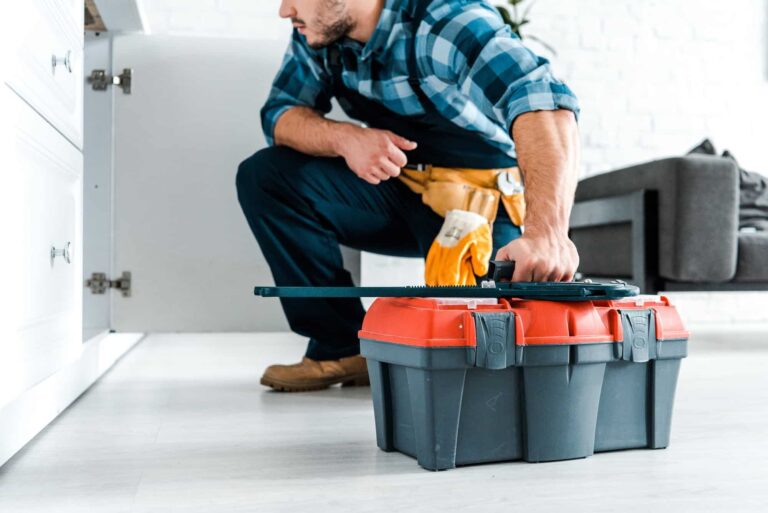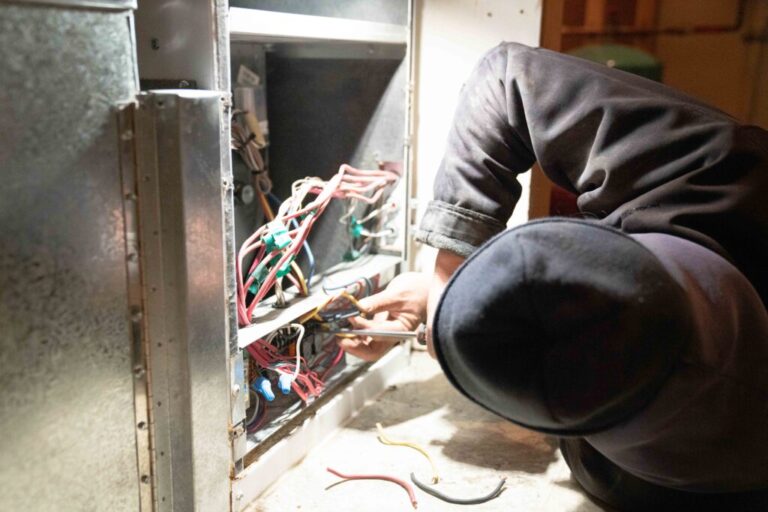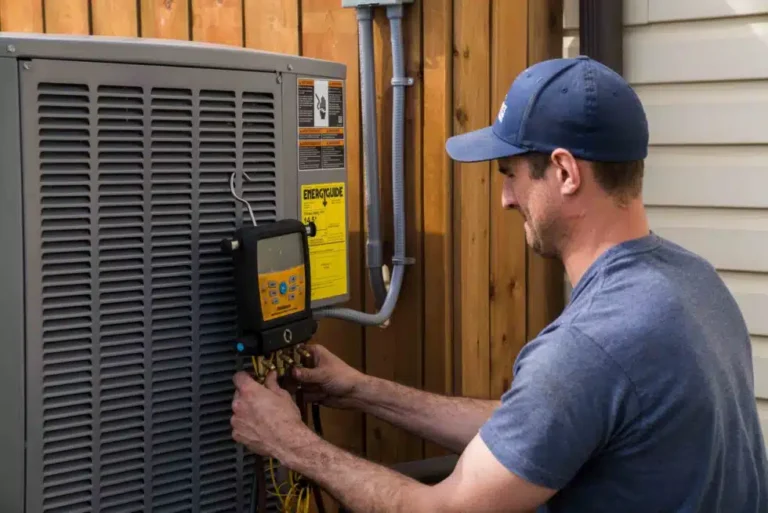Getting the size right is the difference between a garage that feels like a cozy workshop and one that chews through fuel while you still shiver. I size garage heaters by calculating heat loss—real numbers, not guesses—so you get steady comfort, efficient operation, and equipment that lasts.
Quick BTU Rules of Thumb for Saskatoon’s Climate
Saskatoon winters are no joke, so I start with a climate-appropriate baseline and refine from there. As a rough guide, I use 30–60 BTU per square foot for poorly insulated garages in harsh cold, and 20–35 BTU per square foot for insulated spaces. That means a 400 sq. ft. single-bay garage could need anywhere from 8,000 to 24,000 BTU/h when insulated, and up to 24,000 for a drafty, uninsulated shell.
But I never stop at a rule of thumb. I measure the space, note door size and construction, check wall and ceiling insulation levels, identify air leaks, and confirm your target temperature (do you want 10°C for storage or a comfy 18–20°C for wrenching). The BTU target gets dialed in from there, so you’re not overpaying for capacity you’ll never use—or under-sizing and regretting it on the first deep freeze.
How Insulation and Air Sealing Change the Calculation
Insulation and air sealing are the cheapest BTUs you’ll ever buy. A modest upgrade—insulating the overhead door, adding weatherstripping, sealing obvious gaps and top plates, and ensuring the ceiling is insulated—can drop your heat-loss load dramatically. I’ve seen quick weekend improvements shave 20–30% off the required BTUs, which saves you money upfront (smaller unit) and every month after (lower run time).
When I run the numbers, I look at R-values, door construction (steel-pan vs. insulated), infiltration points, and whether you plan to keep the door closed most of the time or cycle it frequently. If you open the door often, I’ll factor in recovery time and may prefer a unit with stronger airflow—or map a radiant tube to warm the slab and tools so comfort rebounds faster. Either way, tightening the envelope first lets me size the heater smaller and smarter.
Why Oversizing Causes Short Cycling and Cold Corners
Oversizing feels “safe,” but it usually backfires. A too-big heater short cycles—it blasts heat, hits the setpoint, and shuts off before the mass of the space (tools, slab, walls) warms up. The result: temperature swings, condensation on cold surfaces, higher fuel use, and premature wear on components. Ironically, an oversized unit can also produce cold corners because it never runs long enough to distribute warmth evenly.
I avoid that by matching capacity to the real heat loss and then fine-tuning delivery. For forced-air unit heaters, I set blower speed and aim the discharge to where you actually work, sometimes adding a destratification fan to push ceiling heat back down. For infrared/radiant, I size tube length and placement to bathe work zones and the slab, so you feel steady, quiet warmth without the yo-yo effect. The goal is simple: long, efficient cycles; even temperatures; and equipment that runs comfortably within its design sweet spot.




